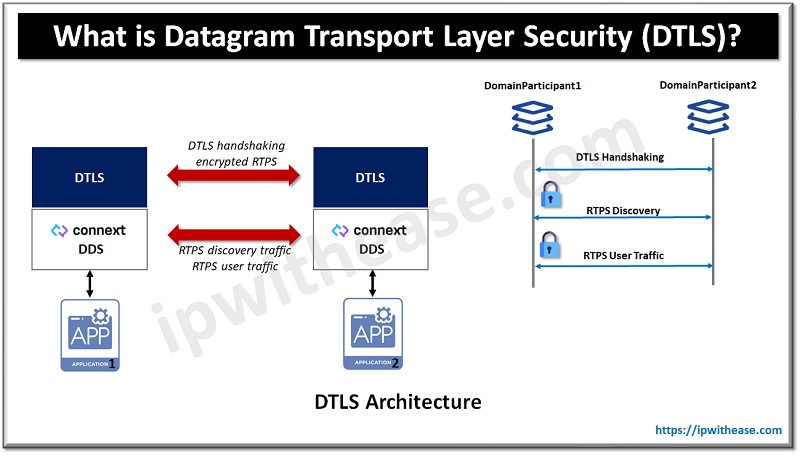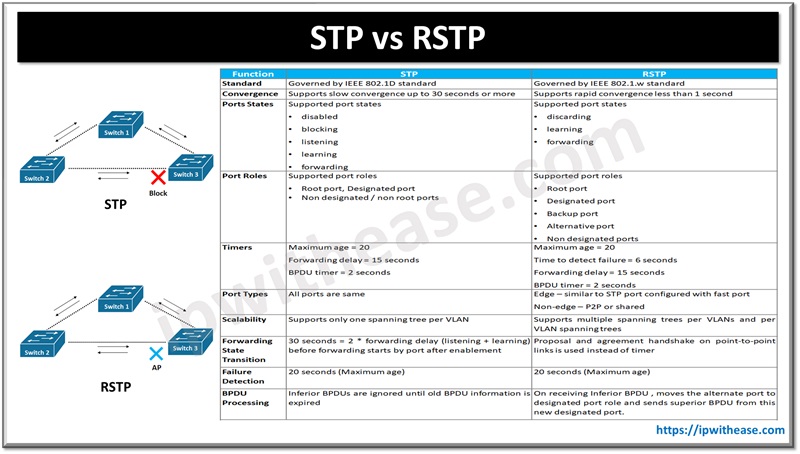In this post, we are going to understand the difference between SIP and SCCP.
 The Session Initiation Protocol (SIP) is a communications protocol for signalling and controlling multimedia communication sessions such as voice and video calls. Some of the well-known applications of SIP include Internet telephony and instant messaging.
The Session Initiation Protocol (SIP) is a communications protocol for signalling and controlling multimedia communication sessions such as voice and video calls. Some of the well-known applications of SIP include Internet telephony and instant messaging.
Skinny Client Control Protocol (SCCP) is proprietary control and communication protocol originally developed by Selsius Systems and later taken over by Cisco Systems. It is a lightweight IP-Based protocol for Signalling with CUCM and CME for Cisco phones session signalling.
Both protocols use UDP as the transport medium for their media path, because it is very good for real-time traffic like VOIP traffic. SIP is used for establishing, modifying, and terminating IP based communication sessions with one or more participants whereas SCCP protocol is a Cisco proprietary protocol which is used for communication between Cisco Call Manager and Cisco VOIP phones.
SCCP vs SIP –
| SIP | SCCP |
|---|---|
| Session Initiation Protocol | Skinny Call Control Protocol |
| Open Source protocol | Cisco proprietary |
| Communicates on TCP or UDP on port numbers 5060 or 5061 | Communicates on TCP 2000 |
| Less Features supported | More feature support |
| SIP is heavier protocol than SCCP and has got a range of different messages with each having lot of additional data. | SCCP is a very light weight protocol having very simplified message structure |
| Generally used with non-cisco IP PBX like Asterisk etc. | Used with CUCM or CME |
| SIP requires registration including a username and password | SCCP requires provisioning devices and MAC address |
| SIP supported phones is more on manual such as pressing the speaker button in dialing a new call | SCCP supported phones are more on automatic mode compared to SIP supported phones |
| Used for modifying, establishing and terminating IP communication sessions with one or more participants | Used for communication between Cisco VoIP phones and Cisco call manager |
![]()
Download the difference table here.
ABOUT THE AUTHOR

You can learn more about her on her linkedin profile – Rashmi Bhardwaj




